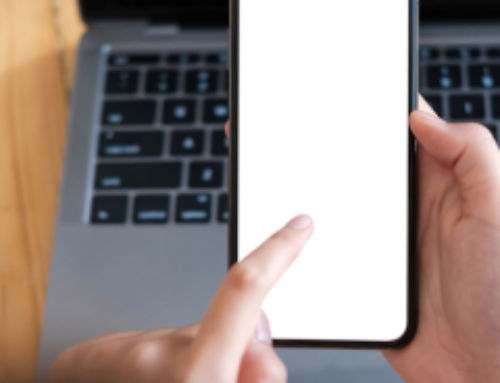Dear Sam: I have been invited for a first-round interview for a position I’m excited about, but they asked me to interview over Zoom! This is a first for me. Do you have any tips about handling video interviews? – Terry
Dear Terry: Congratulations on securing an interview! Your resume and cover letter must have impressed the hiring manager, so now it is time to “close the deal” by nailing your interview. Video interviews (through Zoom, WebEx, Skype, Google Hangout, and other video platforms) are incredibly common and have been even pre-COVID. Video interviews also allow recruiters and hiring managers to evaluate a candidate’s communication skills (verbal and non-verbal), professionalism, and preparedness. You should take a video interview as seriously as you would an in-person interview, and you should be sure your digital presence is as polished as your “real life” appearance. When preparing for your video interview, keep in mind:
1. Your appearance isn’t limited to your interview outfit.
What you wear for your interview matters (and yes, you should dress professionally from head to toe, not head to waist). Beyond your outfit though, you should make sure your username and profile picture are professional. A username that is difficult to read, reveals your age (i.e., one with your birth year), or includes an unprofessional screen name could make a wrong first impression. It is safest to create a new username that is as close to your real name as possible. Your profile picture should also reflect your professionalism, so choose your LinkedIn photo over one that you use for more casual social media sites.
2. Pay attention to your surroundings.
Your audience will see what’s behind you, so set up a clean, neutral background with good lighting. A cluttered environment could be distracting and could send a negative impression about your organizational skills. You also want to clear the area of personal items, especially any paraphernalia that could be seen as controversial. You will also want to warn anyone else at home about the interview so that you are not interrupted. Secure pets out of eyesight and earshot, and prepare for childcare if you have young children. If you choose not to interview at home, you should avoid noisy public spaces, such as coffee shops. Try to reserve a quiet space somewhere, such as at your local library, as an alternative.
3. Practice before your interview.
Practicing beforehand is especially important if you’re not familiar with the software you’ll be using or with video chatting in general. Your interview is not the time to be figuring out where you should be looking, if your microphone is working, or what to do with your hands. A lack of confidence with the program you’re using and with your equipment will only add to your nerves and could make you appear awkward or unprepared. Conduct a mock interview with an interview coach or friend, and take it a step further by recording it so that you can see how you come across on video. Your practice run is also an excellent time to check the quality of your internet connection. Avoid using Wi-Fi if possible and opt for connecting to the router with a network cable. At a minimum, avoid using a shared connection while on your interview. For instance, if another user is streaming a movie, it can affect your video conferencing bandwidth, leading to slow or lost connections. By mitigating technical difficulties, you improve the odds that the interviewer will focus solely on you and the quality of your answers.
4. Set the stage!
I often advise clients to place a stickie note by their webcam so they are not looking at the screen all the time and instead are looking into the camera. Trick yourself into looking beyond your screen by placing “cheat sheet” notes behind your laptop or computer screen. I recently had a client send me a photo of her interview setup. It included a box to raise her laptop off her dining room table to eye height, a child’s magnetic chalkboard behind her computer with stickie notes of things to remember and script prompts, and a glass of water and tissues nearby. In brief, she was set up for success, was positioned to add value to her eye gaze when she looked at the camera and could see her notes, and was prepared if she had a dry mouth, cough, or started feeling the heat of the interview.
Once you’ve done your best to prepare for the technical and logistical aspects of your video interview, you should handle the rest much like you would an in-person interview. In short: research the company and job description; practice some common interview answers beforehand; and be ready to “sell” how you are a good fit for the role. Good luck, Terry!




